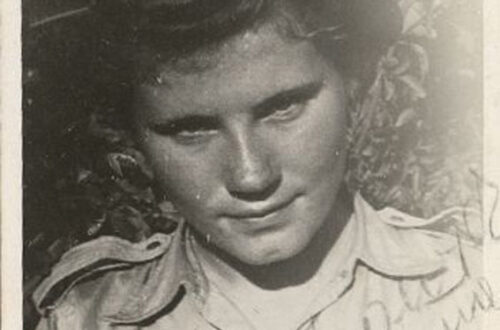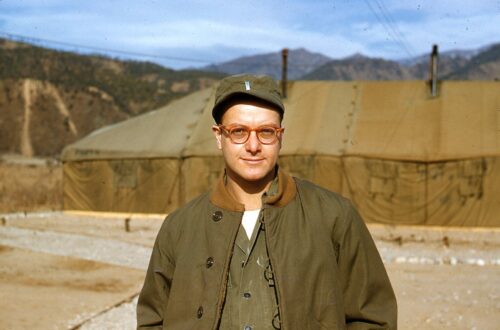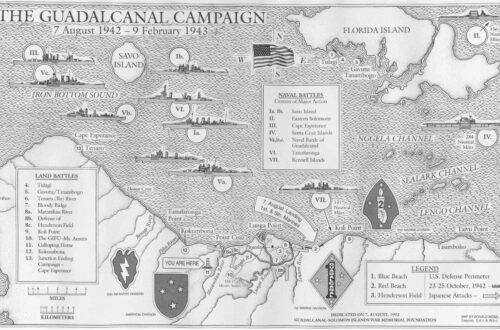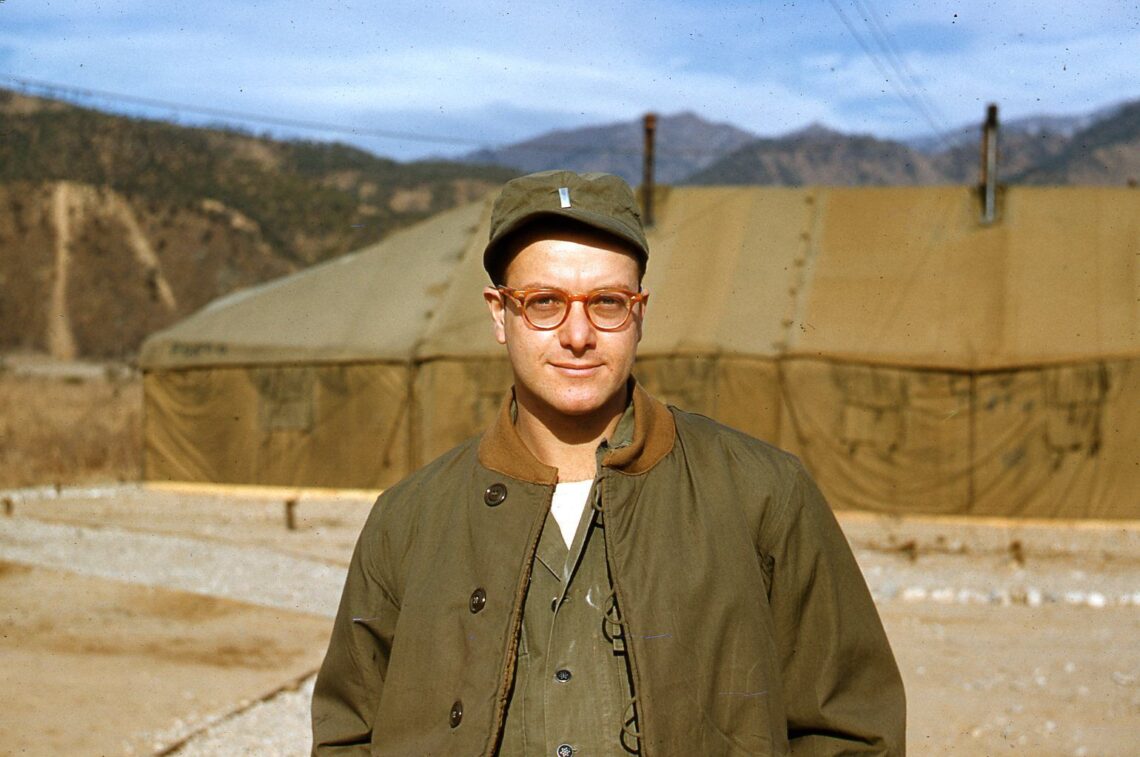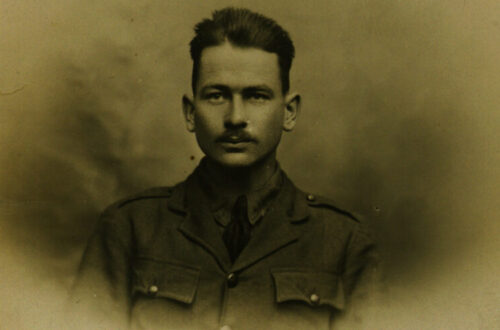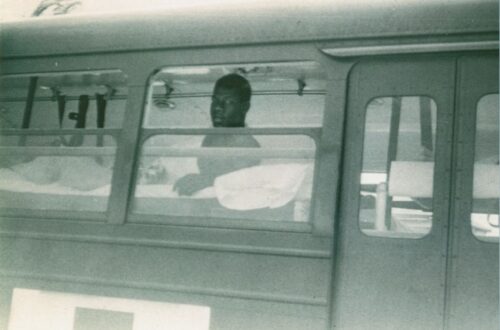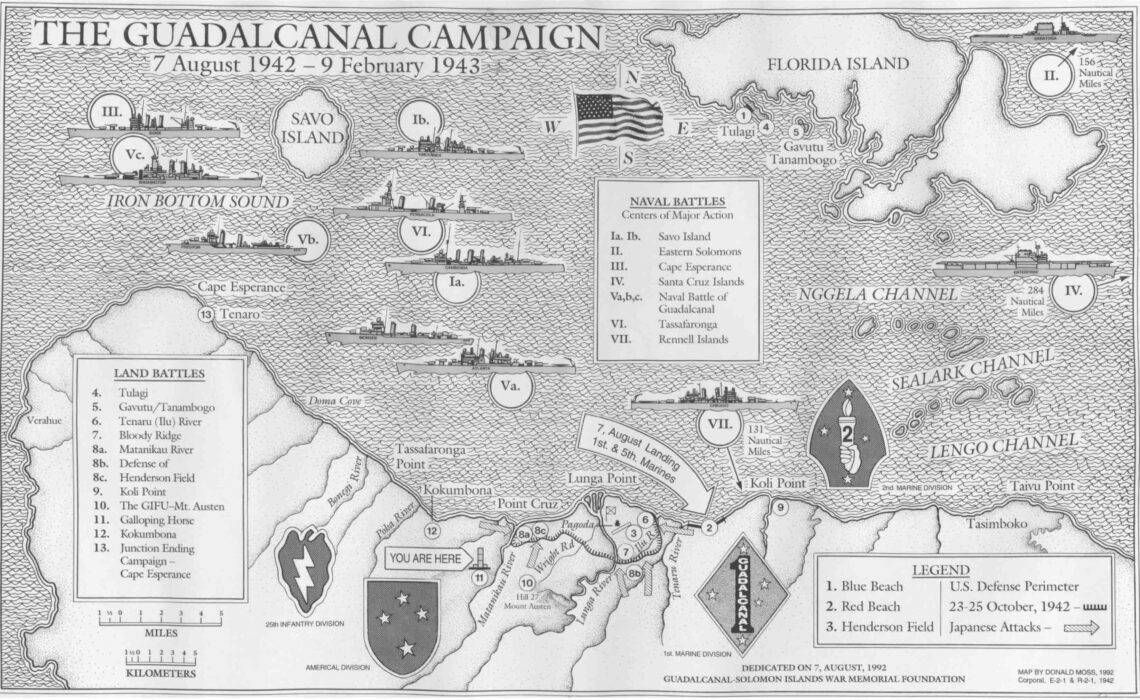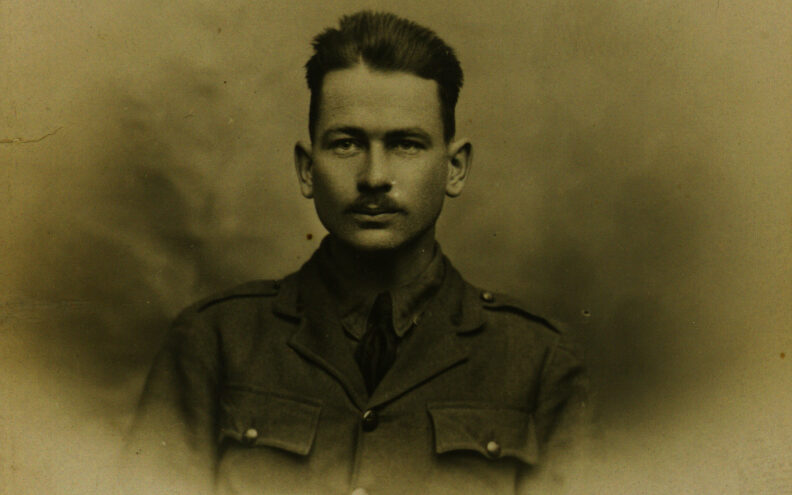-
Stories: Leslie Hardin
CONTENT WARNING: THIS POST CONTAINS REFERENCES TO SEXUAL ASSAULT AND VIOLENCE. Leslie Hardin is one of many veterans from a military family. Her father served in WWII, and after high school Leslie followed his footsteps into the Army Reserve in 1980. Leslie’s experience in boot camp was everything she’d hoped for. Camaraderie, challenges, and exciting work. She describes the joy of teamwork, being pushed to achieve her best. The experience was so positive that after basic training Leslie enlisted in active service, ready to make a career in the Army. But among Leslie’s many positive experiences, there was also a terrible crime. One night off-base, two men in uniform raped…
-
Stories: Barbara Dannaher
Barbara Dannaher was one of tens of thousands of women who served as WAVES (Women Accepted for Volunteer Emergency Service) during the Second World War. In hundreds of naval stations across the USA, WAVES occupied roles that allowed more men to serve at sea and in combat zones. Among this work, signals intelligence would prove some of the most crucial in the war. Before the war, Barbara worked for United Aircraft in Connecticut. Her first date with her future husband, Tom, was on December 7th, 1941. By the summer of 1942, Tom was in the Marines and Barbara heard the first recruitment drive for the WAVES. Because her employer was…
-
Stories: George Brown
On August 13th, 1952, George Brown found himself standing on top of Hill 117, somewhere northeast of Seoul, Korea. Part of an offensive that began at 6AM that morning, George and the rest of Company K, 15th Regiment of the 3rd Division had achieved their objective. A peaceful quiet fell over the scene. A Chinese counterattack hit. Mortar and machine gun fire erupted around them, and George’s Sergeant screamed: his leg had been blown away. George grabbed the man from one side, while another soldier supported the Sergeant’s opposite side. The three were running for cover when another machine gun opened up. Three bullets hit the Sergeant. Three more hit…
-
Stories: Melvin Horwitz
Melvin Horwitz was in an unusual position at the start of the Korean War. Just 24, Melvin had already graduated from Harvard Medical School and had nearly completed surgical training at Yale. However, a wartime draft had been declared. Horwitze could either volunteer his medical services as an Army surgeon, or run the risk of being drafted as a rifleman, an outcome he hardly relished. Interviewer:Would you have rather stayed in America? Melvin Horwitz:Oh, sure. I’m a devout coward. They were using real bullets in Korea. But in 1952, Melvin volunteered. His basic training in San Antonio was relatively relaxed. Doctors weren’t expected to achieve a high level of martial…
-
Stories: Krystyna Stachowitz Farley
Krystyna Stachowitz Farley is one of many veterans in the archive of the Veterans History Project who served during WWII. Her story stands apart because Krystyna served in the “Anders Army” a unit composed entirely of Polish men and women formerly imprisoned by the Soviet Union. From her childhood in Poland, through captivity in Russia, and finally into military service in the Mediterranean theater, Krystyna offers a rare perspective into the Polish experience of WWII. In September, 1939, the European war began when first German, then Russian troops invaded Poland. In August, addendums to the Molotov-Ribbentrop Pact had already partitioned Poland between the two conquering nations, and became moot only…
-
Stories: Guadalcanal
The wealth of personal narratives within the Veteran’s History Project comes with one problem: context. Veterans always take the time to explain the where and when of their experiences, but the why and how can sometimes present a challenge. During interviews with veterans who served at Guadalcanal, many ended up referring to history books they’ve read to better understand their own experiences within this complex, six-month campaign. This week, we’re providing some context of our own in: Stories: Guadalcanal This project contextualizes the campaign by locating each veteran’s experience within a broader history. The impetus came with a detailed map created by marine veteran and artist Donald F. Moss. Take…
-
Stories: Longshaw Porritt
CONTENT WARNING: This post includes graphic photos of wounded and dead people. Discretion is advised. One of the more varied wartime experiences in the Veterans History Project belongs to a veteran whose voice we cannot hear. Longshaw Kraus Porritt of Canton, Connecticut: one of only two veterans in the archive who served in World War One. In 1982 – nearly 20 years before the Veterans History Project was founded – Longshaw died of natural causes. While we don’t have his oral history, the archive does contains his vast collection of photographs, scrapbooks, and a written memoir. From these resources, we know that Longshaw first enlisted in the American Ambulance Field Service in March 1917, entering a war already 3 years…
-
Why the Veterans History Project Matters
Veterans Day began as a holiday to celebrate the Armistice that ended the War to End All Wars. Of course, we know now that, although the fighting stopped at 11AM on November 11th, 1918, it was far from the end of all wars. In the USA, Armistice Day was changed to Veterans Day by President Dwight D. Eisenhower after WWII. Today, it honors all American Veterans from all conflicts. It is a day when we can honor the patriotism embodied in the veteran experience. For our part, members of the Veterans History Project team have taken today to describe why this project matters to them: “The Veterans History Project is…
-
Visualizing: What We Don’t Know (Pt. II)
If you haven’t already, take a look at Pt. 1 of “What We Don’t Know” to learn about other obstacles in the Veterans History Project archive. The Incredible Transcribing Robot! The CCSU Veterans History Project features over 700 oral histories, which are all viewable on YouTube. And one of the many benefits of that platform is YouTube’s capacity to auto-generate transcripts. Transcripts are immensely useful, not just because they offer subtitles for viewers who may have a hard time hearing or understanding the interview. Referencing the time-coded transcript of an interview allows a viewer to quickly identify and navigate to relevant sections. Without it, the only way through is the…
-
Visualizing: What We Don’t Know (Pt. I)
The Written Record When oral histories are collected for the Veterans History Project, a few written questions are also answered. Once compiled, these written answers form a useful index to the archive. The Veterans History Project’s search function works by referring to this index. It quickly sorts the archive by gender, by conflict, by branch, and so forth. As you’ve seen in previous posts, this same information can also lend itself to deeper analysis of the archive. A Question of Structures Unfortunately, some aspects of the index are less usable than others. Almost every veteran recorded the unit or ships of their service. However, the formatting of their answers was…
